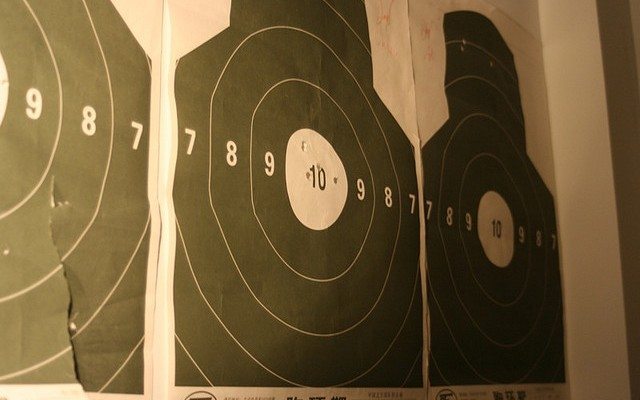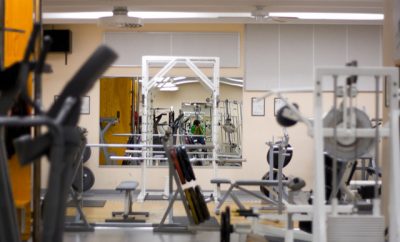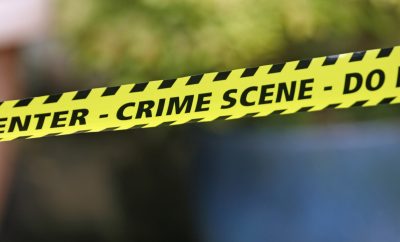 Courtesy of [Darryl Snow via Flickr]
Courtesy of [Darryl Snow via Flickr]
Crime
The Number of Americans Killed By Police is Much Higher Than You Think
In a groundbreaking article released on Sunday, the Washington Post reported the findings of a five-month study showing that from January through May 2015, at least 385 people were shot and killed by on-duty police officers in the U.S. The rate of killings, more than two per day, is also more than twice the rate reported by the FBI in the last decade. In addition to the possibility of a spike in police killings, the Post points to the lack of accuracy in past reporting for the disparity. The article also mentions that the FBI itself is aware that its numbers are incomplete, particularly because these statistics are voluntarily submitted by police departments.
Other studies, including a project by the Guardian called The Counted, also reveal the incredible rate of uncounted police shootings. In a period of public outcry over police brutality, it is no coincidence that this issue is finally being addressed. By not requiring accurate statistics to be maintained, the government is only reinforcing public fears of a lack of police accountability. Understanding the extent of this problem is the first step toward being able to properly discuss and analyze it.
The Post study also found some troubling patterns in these shootings. Nearly a quarter of the victims were identified by police or family members as mentally ill. Among the cases identified by the Post, 16 percent of the victims were either unarmed or were carrying toy weapons. Both the the Post and the Guardian investigations highlight the disproportionate killings of blacks and Hispanics, particularly in shootings with unarmed victims. Police treatment of mentally ill suspects and minorities have become a widespread issue on which these studies begin to provide insight.
Although these reports sparked some public outrage, it is important to remember the big picture. More than 80 percent of those killed by police were armed with potentially lethal objects, which likely makes police action justified in many situations.
Police shootings are a complex and nuanced issue. Comparisons between the United States and other nations are not incredibly informative given the vast differences in weapon ownership, crime, and various other characteristics. Furthermore, the demonization of police officers to which some citizens resort, is neither reasonable nor helpful in dealing with this issue. Nevertheless, limiting police shootings is certainly a laudable goal, and gathering accurate data is the best place to start.
Let us not forget the harmful consequences that officer-involved shootings can have on police departments and individual officers. Police officers face the damage–particularly emotional damage–that can be inflicted when they are compelled to use deadly force. Moreover, the divide that such events creates between law enforcement and their communities can be detrimental to their ability to function. Unnecessary police shootings are a losing situation for all sides and must be addressed by law enforcement.
One issue that relates directly to these shootings is police officer training. This issue was addressed from a unique perspective in an article on Police One by Roy Bedard, a close quarters and field tactics specialist who trains police, corrections officers, and military professionals. He cites his own rookie officer training and the training that most new officers receive on handgun use. Officers are trained to fire for the center of mass in order to “shoot to stop,” yet Bedard comments on how “shoot to stop” and “shoot to kill” become synonymous in practice. With this training, it is no surprise that rough encounters with police have resulted in so many deaths.
It would be foolish to blame police shootings solely on training and decisions made by police officers. In high-intensity situations with civilian lives on the line, as well as their own, police officers must quickly determine the best course of action for all involved. Sometimes this means shooting suspects. Sometimes these shootings save lives and that must not be forgotten. Nevertheless, it is important for police departments to train their officers to use deadly force as sparingly as possible. Many of the cases cited by the Washington Post, as well as several recent high-profile police shootings, point to officers using unnecessary force, which is troubling.
On Tuesday, following growing publicity of these reports, two senators announced their plan to introduce legislation that would require states to report all police-related deaths to the Justice Department. This bill, proposed by Senators Barbara Boxer (D-Calif.) and Cory Booker (D-N.J.) would require all details of these cases to be reported, including age, race, sex, and the situation surrounding the shooting. With more accurate information, law enforcement will be able to understand the true scope of police shootings and take any necessary steps to reduce them.








Comments